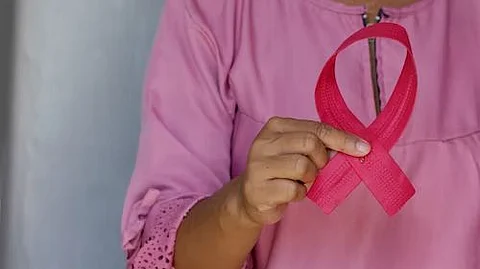“The quality measure that was developed ten years ago by professional oncology organizations, focuses on reducing end-of-life chemotherapy with the goal of providing patients with earlier palliative care. It is unclear whether this has benefited the end-of-life care patients receive.”
To learn more, the researchers used the nationwide Flatiron Health electronic health record (EHR)-derived database to evaluate adult patients with cancer who received treatment and died within four years of diagnosis. Over the study period, rates of treatment within 30 days of death among all cancer types combined did not change (39% in 2015 and 2019) with similar trends seen for treatment within 14 days of death (17% in 2015 and 2019). However, the type of systemic therapy received did vary; there were overall decreases in the use of chemotherapy (26% in 2015 and 16% in 2019) and increases in the use of immunotherapy (5% in 2015 and 18% in 2019). These changes were most noticeable in advanced non-small cell lung cancer and urothelial cancers where increases in treatment at end-of-life were driven by increased checkpoint inhibitor use.


